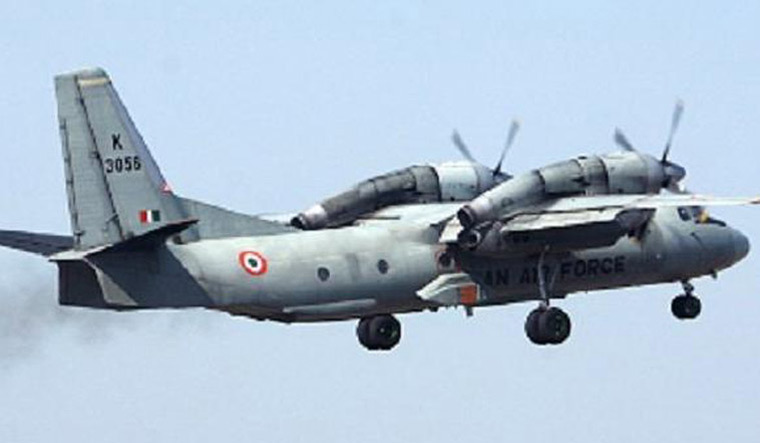A day after spotting the wreckage of the ill-fated AN-32 transport aircraft of the Indian Air Force, mountaineering teams have reached the 12,000-feet high crash site in Arunachal Pradesh .
According to the IAF, 15 mountaineers have been dispatched to the crash site on Mi-17 helicopters and advanced light helicopters with all the equipment. "Some have reached the crash site and some are still tracking," an IAF official said. Nine mountaineers from the IAF, four from Army and two civilian mountaineers have been chosen to carry out the task to look for survivors and other things.
On Tuesday morning, after eight days of intense search and rescue mission involving military helicopters, Navy’s sophisticated P-8I long-range reconnaissance aircraft, C-130 aircraft and satellite images, in addition to ground teams from the Army and ITBP, the wreckage of the missing AN-32 was found on a mountainous terrain of Arunachal Pradesh. The aircraft had gone missing with 13 officials on board.
Search and rescue operations for the missing aircraft was badly affected due to incremental weather conditions in the thickly forested area. The wreckage of the aircraft was spotted 16 kms north of Lipo, northeast of Tato, by an IAF Mi-17 helicopter that was undertaking search operations.
Six officers, namely, Wing Cdr G.M. Charles, Sq Ldr H. Vinod, Flt Lts Mohit Garg, Sumit Mohanty, Ashish Tanwar and Rajesh Thapa, and seven other ranks identified as Anoop, Sharin, K.K. Mishra, Pankaj Sangwan, S.K. Singh, Rajesh Kumar and Putali were on board when the AN-32 took off from Jorhat in Assam to Mechuka Advanced Landing ground in Arunachal Pradesh on June 3. The aircraft had lost contact with the ground within 30 minutes after take-off.
The AN-32 accident has once again exposed the poor maintenance of IAF's fleet. The twin-engine turboprop was due for its mid-life upgrade. Advanced avionics, radars and airframe strengthening were required in the aircraft that would enable it to fly in difficult weather conditions. Only half of the AN-32 fleet has been upgraded till now.
Before the AN-32 crash, the IAF had already lost six fighters, including Abhinandan's MiG21 Bison in Pakistan (following Balakot airstrike), two Hawk AJTs and a Mi-17 helicopter (in a 'friendly firing' in Badgam) so far this year. Observers believe that the high rate of crashes are due to pending upgradation of the aging aircraft fleet and inadequate training given to pilots and technicians.



